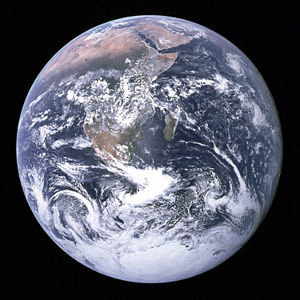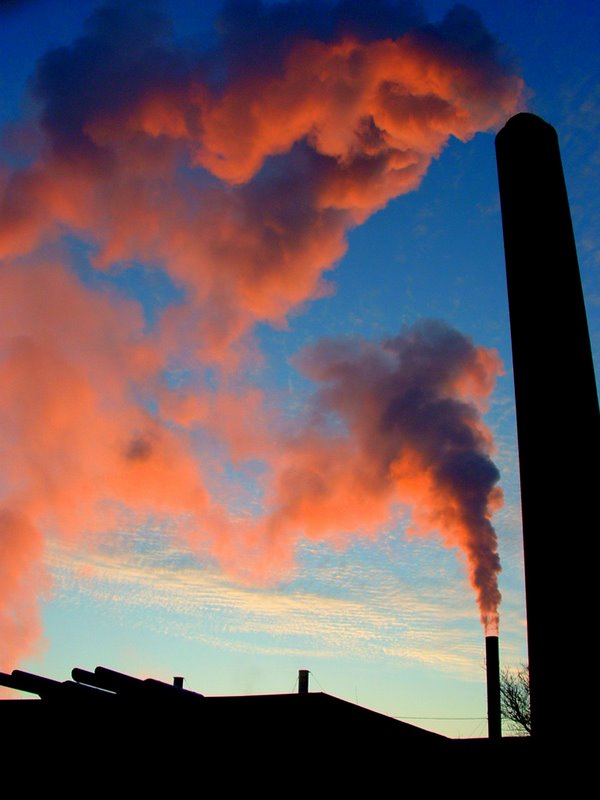Choose the category of application you would like to embed from the list on the left.
Globalisation and the EnvironmentThe term "environment" refers variously to the natural and built environments – that is, the whole context of physical reality on planet Earth, typically with a view to its ability to support human life.  Various features of the natural environment are recognised as beneficial in support of the healthy human habitation of the planet. Such features as clean air, biodiversity, fertile soil, tectonic stability, frozen ice-caps, and so forth. Other features of the natural environment are recognised as problematic, for instance irradiated or otherwise degraded territory, or extreme weather. Likewise, features of the built environment are also beneficial, such as ports, railways, roads, airports, infrastructure and housing; or detrimental, such sewage and waste runoff into oceans and waterways, carbon and toxic emissions, chemical fertilisers, industrial catastrophes, and so on. Concern over “the environment” therefore is generally concern over the loss of one or more of the features of the environment seen as beneficial, or the expansion of a problematic feature. Of particular concern is when it is human activity that is seen to create a problem, as compared with environmental problems that are unavoidable events of nature – such as earthquakes.  The human race as a whole is a stakeholder in the environment, because we all breathe the same air, take fish from the same water, and grow our crops under the same sky. Thus, the environment is naturally a global issue, and one that should be addressed by the channels that economic globalisation is in the process of opening – not least because it is the increased economic activity itself that creates new stress on the environment. Increased environmental stress is of course to be expected, as billions of people endeavour to emerge from starvation and poverty. As large economies such as China, India, Brazil, and Russia industrialise in response to the opportunities of economic globalisation, their new relationships create a context for potential global environmental solutions, at the same time that their industrial activity adds to the global industrial environmental problem. The obvious problem with the industrialisation of hitherto unindustrialised economies is that the Western model of industrialisation has become untenable because of the volumes of production called for.  Hitherto industrialisation has been a sophisticated form of nomadic existence, wherein Western economies have been able to exploit the environment to extract wealth, and when resources became depleted: move on to another area. This model is not scalable, nor is it sustainable. Sustainability has not been a feature required of this economic model, because to date it has been possible to move on and find new resources – however this model can not feasibly be deployed worldwide. It depends upon an endless source of areas to be exploited, and such a source does not exist on this planet. It is in these circumstances that various international interests need to find common ground, solutions, and consensus; so that the human race can prosper, in peace, and in perpetuity. The important issue is global warming as caused by carbon emissions, as it appears that carbon emissions may have the most impact on the environment when compared to other human industrial activity. Other issues, or potential issues, include peak oil, depletion of fisheries, nuclear waste management, or use of nuclear or biological armaments.  The hopeful news for humanity is that all of these matters are currently being dealt with by the institutions of the international community. |
|||